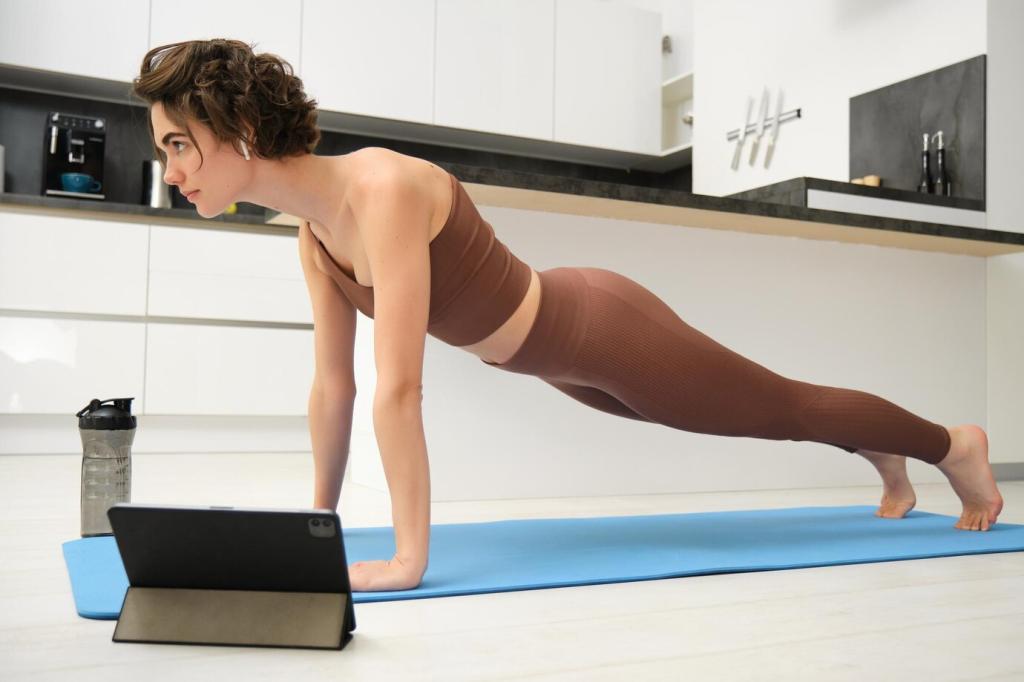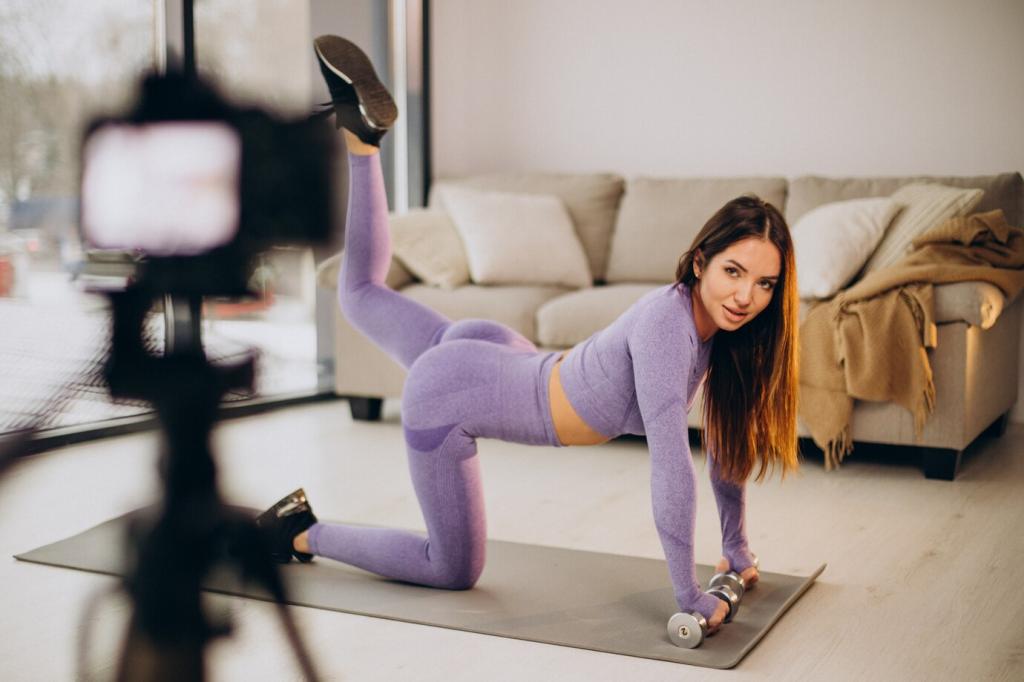Apply the FITT-VP Framework
Decide training days first: two to four for beginners, four to six for experienced lifters. Consistency beats perfection. Schedule sessions where you naturally have energy, and block them in your calendar like important meetings.
Apply the FITT-VP Framework
Choose loads using reps in reserve or perceived exertion. Aim to improve reps, load, or control each week. Tiny, consistent increases compound over months. Comment with how you’ll track overload—logbook, app, or simple notes.






